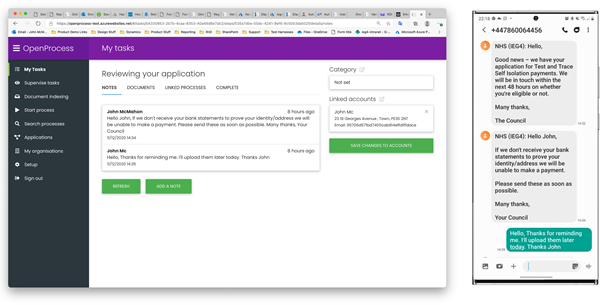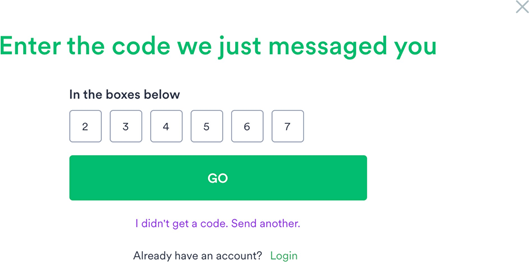John McMahon of IEG4 explains that not long ago, his teenage niece stated “email was for dinosaurs”. If correct, what are the implications for public sector customer services?
Recent research shows that a massive 75% of Generations Y and Z would rather text message than talk. Yet further research from Adobe, found two-thirds of Generation Z thought a chat bot was better than interacting with a human.
Email has not really evolved from the service it was when I started using it in 1997. Partly because it is so entrenched into the way we work; the number of emails sent and received is actually expected to increase in usage over the next four years.
However, it is inevitable that the behaviours, attitudes and expectations of the cohorts consuming services will shape strategy and approach. Communication is going to evolve at unparalleled levels. The “way we’ve always done it” had no place in 2020 and won’t in 2021 either.
But what is right for social may not necessarily be right for customer services. We need to consider three key areas.
First, one should consider if the medium is right for the use cases in which it will be used and the likelihood of success. To help shape thought around this, here are some stats and facts around text message versus email. Astonishingly, text messages have a 98% open rate versus a meagre 20% for email:
| Channel | Open Rate | Response Rate |
| Text Messaging | 98% | 45% |
| 20% | 6% | |
| Order that Text Messaging is better | 490% | 750% |
Open and Response Rates for Text Messaging vs Email
The fundamental question, in the context of customer service, would be what the customer satisfaction levels are where messaging is the key focus of delivery. Again, messaging apps outdo even the most expensive channel (a phone call) in terms of customer satisfaction:

Median Customer Satisfaction (CSAT) by channel surveyed
Second, one needs to look at messaging platform usage to understand how you want to focus your efforts on messaging. Globally, WhatsApp and Facebook Messenger lead the way in terms of usage:

Source - Most Popular Messaging Apps Globally - October 2020
From the above, given the high levels of customer satisfaction and the open rate levels, coupled with the popularity of certain apps, it seems to make most sense, in the UK at least, to target these three messaging channels:
- Text Message (SMS)
- Facebook Messenger
Third is to review how, why and when emails are currently being sent, so that priority areas can be established and a minimum viable product organised and trialled. Rome wasn’t built in a day and every service and use case doesn’t need a smorgasbord of messaging services to know how engagement levels change.
Example use cases for messaging, in place of email, could be:
- Being sent progress updates (e.g. Test and Trace (Coronavirus) support application updates)

Facebook Messenger Progress Update
- Being asked for information (e.g. request proof of income/identity to support an application)

Two-way communication via SMS
- Being able to provide information back (e.g. the details of a van that fly tipped)
- Being asked to complete a survey (e.g. housing related survey)
- Setting up a secure account (e.g. a citizen/tenant/customer portal)

Sign up verification via SMS
These use cases are highlighted because they could be used across different markets and hundreds of different service types.
This means taking a platform approach to developing the products that will help customer service leaders ensure that each use case can be catered for, irrespective of service. To provide some context to this, let’s say your business has 30 services; a platform approach ensures all of these could send progress updates through the same repeatable set of widgets and gubbins (functionality). If the scale of the organisation is wider - say, in UK local government, where there are over 1000 discreet services provided, the benefits of this approach get exponentially greater.
The evidence shows messaging is more satisfying, more likely to be read, more likely to be responded to and most importantly, immediate. With the number of people in Generations Y and Z consuming services increasing dramatically in the coming years, can you afford to be a dinosaur?
Note - IEG4’s OneVu Digital Experience Platform provides support for all of the messaging capabilities mentioned before.

